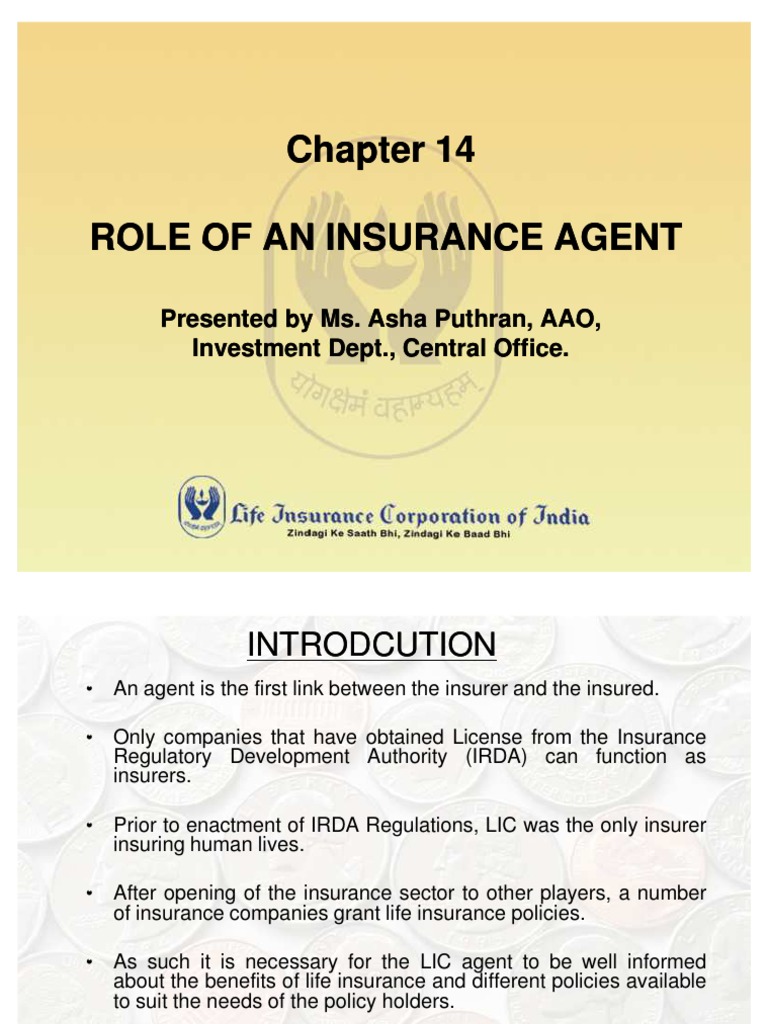Pacific Prime Can Be Fun For Anyone
Table of ContentsSome Known Factual Statements About Pacific Prime Pacific Prime - An OverviewSome Of Pacific PrimeThe Ultimate Guide To Pacific PrimePacific Prime Things To Know Before You Buy

This is since the information were collected for a duration of strong financial performance. Of the approximated 42 million people who were without insurance, all yet about 420,000 (concerning 1 percent) were under 65 years of age, the age at which most Americans become qualified for Medicare; 32 million were adults between ages 18 and 65, about 19 percent of all adults in this age; and 10 million were youngsters under 18 years of age, concerning 13.9 percent of all children (Mills, 2000).
These price quotes of the variety of persons without insurance are generated from the yearly March Supplement to the Existing Populace Study (CPS), conducted by the Census Bureau. Unless otherwise kept in mind, nationwide price quotes of people without medical insurance and proportions of the populace with various sort of insurance coverage are based upon the CPS, the most commonly utilized source of quotes of insurance policy protection and uninsurance rates.
About Pacific Prime

Still, the CPS is specifically useful due to the fact that it creates annual estimates fairly swiftly, reporting the previous year's insurance coverage approximates each September, and since it is the basis for a constant collection of quotes for more than two decades, permitting analysis of fads in coverage with time. For these reasons, as well as the comprehensive use of the CPS in various other studies of insurance policy protection that are offered in this record, we rely upon CPS estimates, with limitations noted.

The quote of the number of without insurance people broadens when a populace's insurance policy standing is tracked for numerous years. Over a three-year period beginning early in 1993, 72 million people, 29 percent of the united state population, were without protection for at the very least one month. Within a solitary year (1994 ), 53 million people experienced at the very least a month without insurance coverage (Bennefield, 1998a)
Six out of every ten uninsured grownups are themselves utilized. Functioning does boost the possibility that one and one's family members will have insurance policy, it is not an assurance. Even members of families with 2 full-time breadwinner have practically a one-in-ten possibility of being without insurance (9.1 percent without insurance price) (Hoffman and Pohl, 2000).
The Buzz on Pacific Prime
New immigrants account for a significant proportion of people without medical insurance. One evaluation has associated a considerable section of the recent growth in the dimension of the united state without insurance populace to immigrants that showed up in the country in between 1994 and 1998 (Camarota and Edwards, 2000). Recent immigrants (those that pertained to the USA within the past 4 years) do have a high price of being uninsured (46 percent), but they and their children make up just 6 percent of those without insurance across the country (Holahan et al., 2001).
The connection between health insurance coverage and accessibility to care is well developed, as recorded later on in this chapter. Although the relationship between medical insurance and wellness end results is neither straight neither simple, a substantial clinical and health services research literature links health and wellness insurance policy coverage to improved access to care, far better top quality, and boosted personal and population health standing.
Levels of evaluation for examining the results of uninsurance. This discussion of medical insurance coverage concentrates mostly on the U.S. population under age 65 due to the fact that essentially all Americans 65 and older have Medicare or various other public insurance coverage. It focuses particularly on those without any kind of wellness insurance for any length of time.
Getting My Pacific Prime To Work
The issues encountered by the underinsured remain in some areas comparable to those faced by the without insurance, although they are generally less extreme. maternity insurance for expats. Uninsurance and underinsurance, nevertheless, include definitely different policy concerns, and the approaches for resolving them might differ. Throughout this study and the five records to adhere to, the major emphasis gets on persons without any health insurance and thus no assistance in paying for healthcare beyond what is available via charity and safety Visit Your URL internet establishments
Medical insurance is a powerful factor influencing invoice of care due to the fact that both individuals and doctors reply to the out-of-pocket rate of services - https://href.li/?https://www.pacificprime.com/. Health and wellness insurance policy, nonetheless, is neither essential neither enough to get to clinical solutions. However, the independent and direct result of health and wellness insurance protection on access to wellness services is well established.
Others will get the healthcare they require even without health insurance, by spending for it expense or seeking it from suppliers who offer treatment totally free or at very subsidized rates. For still others, health and wellness insurance alone does not make certain receipt of treatment as a result of various other nonfinancial obstacles, such as a lack of wellness care carriers in their community, restricted accessibility to transportation, illiteracy, or etymological and social differences.
Excitement About Pacific Prime
Formal research study regarding without insurance populaces in the USA dates to the late 1920s and very early 1930s when the Board on the Price of Healthcare produced a series of reports about financing doctor office sees and hospital stays. This issue became salient as the numbers of medically indigent climbed up throughout the Great Depression.